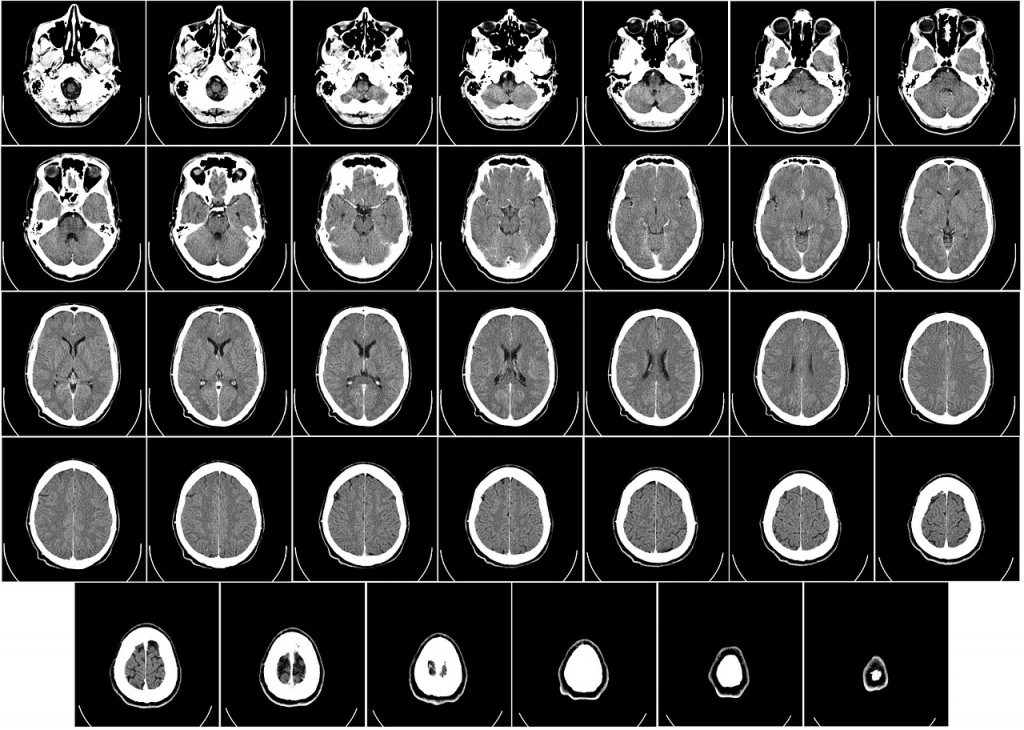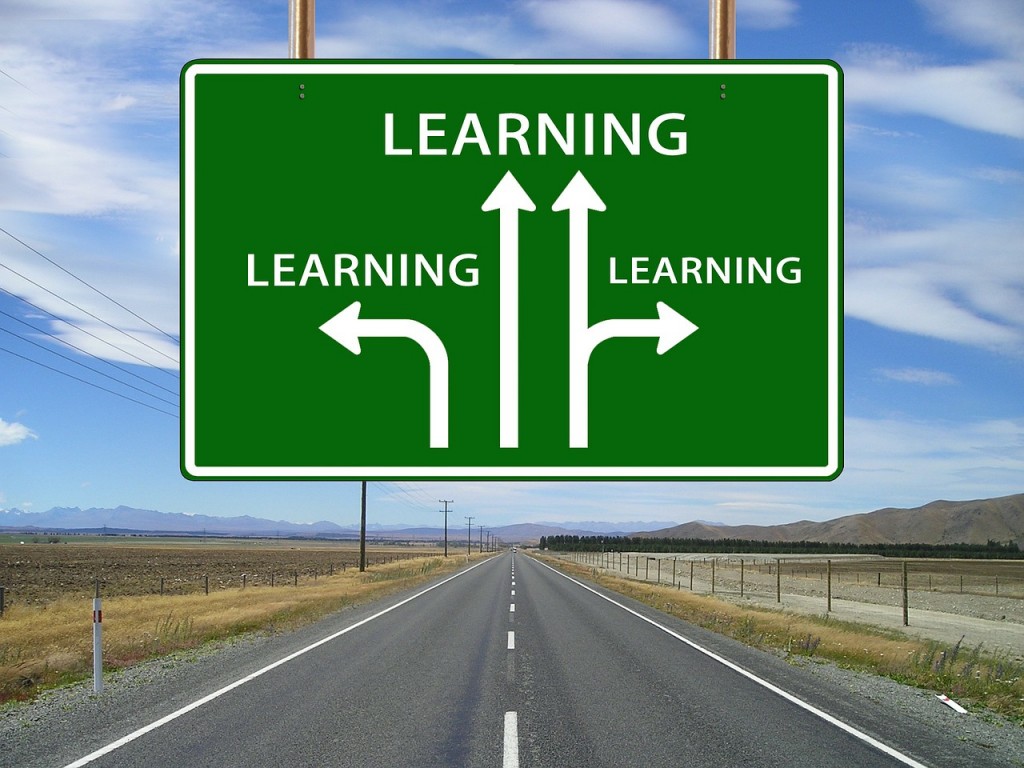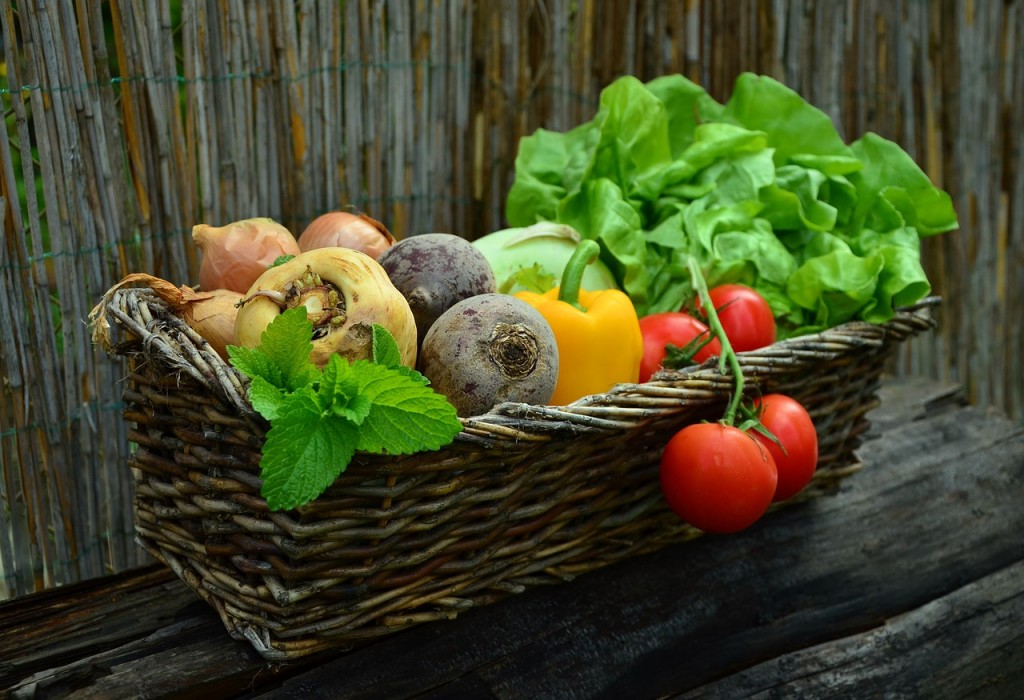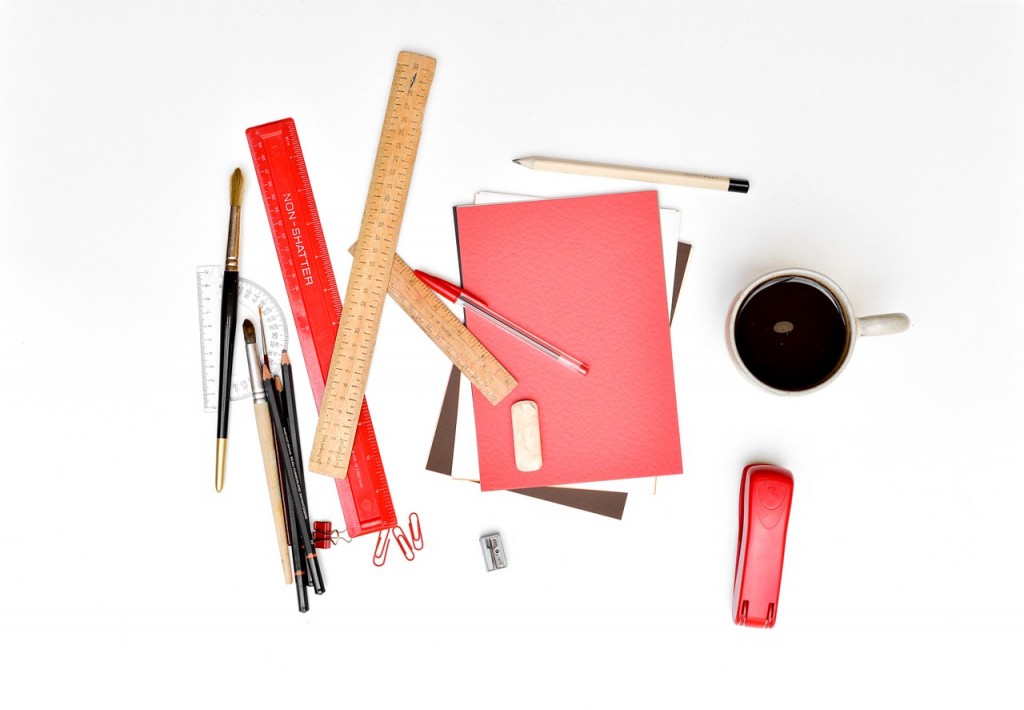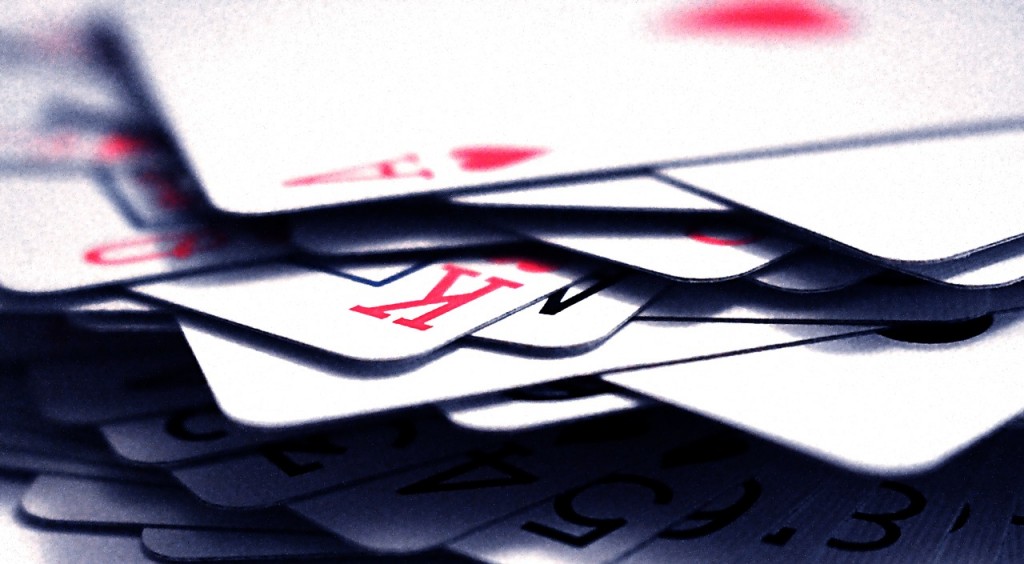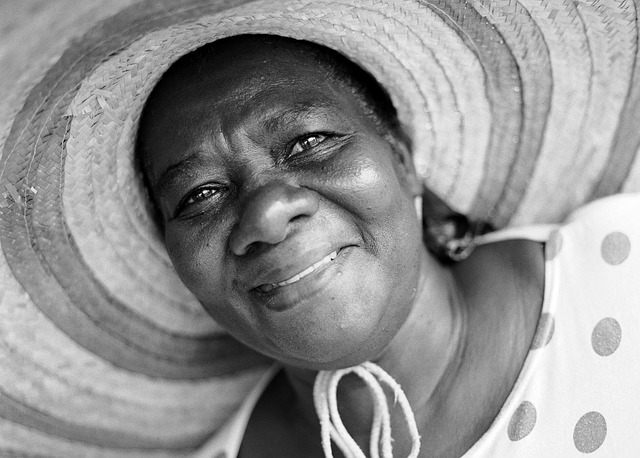Alexander, R. (Ed.). (2013). Ripley’s believe it or not! Special edition 2014. Orlando: FL: Ripley.
Beck, J. (21 October 2013). How to build a happier brain. Retrieved from: http://www.theatlantic.com/health/archive/2013/10/how-to-build-a-happier-brain/280752/
Davis, B., Sumara, D., & Luce-Kapler, R. (2000). Engaging minds: Changing teaching in complex times. 2nd ed. New York: Routledge.
Holford, K. (2012). 100 creative writing activities to promote positive thinking. Milton Keynes, UK: Speechmark.
Kluger, J. (Ed.). (2009). Your brain: A user’s guide. New York: TIME.
Loma Linda University School of Medicine. (n.d.). Test anxiety tips. Retrieved from: http://www.llu.edu/medicine/medical-student-education/resources/test-anxiety-tips.page
Morhan, N. (2007). Know your brain: Feed it, test it, stretch it. Boston, MA: Walker.
North Vancouver School District. (2004). Reading 44: Intermediate. North Vancouver, BC: Leo Marshall Curriculum Centre.
Public Broadcasting Service. (2009). This Emotional Life. Retrieved from: http://www.pbs.org/thisemotionallife/topic/happiness/what-happiness
Pursuit of Happiness, The. (2015). Positive psychology and the science of happiness. Retrieved from: http://www.pursuit-of-happiness.org/science-of-happiness/
Romanek, T. (2004). Aha! The most interesting book you’ll ever read about intelligence. Toronto: Kids Can.
Salon, H. (2015). Dave Farrow: Mind over Memory. Retrieved from: http://www.cbn.com/700club/guests/bios/dave_farrow012909.aspx
Simpson, K. (2009). The human brain: Inside your body’s control room. Washington, D.C.: National Geographic.
Toegel, G. & Barsoux, J. (March 20, 2012). How to become a better leader. MIT Sloan Management Review. Retrieved from: http://sloanreview.mit.edu/article/how-to-become-a-better-leader/
VIA Institute, The. (2014). The VIA Institute on Character Classification of Strengths. Retrieved from https://www.viacharacter.org/www/Portals/0/Character%20Strengths%20Infographic.jpg
Walker, R., Woodward, J., Brown, S. & Morgan, B. (2012). Human body: A visual encyclopedia. New York: DK.
Watson, W., Beebe, L., Traison, N., Dixon, A., & Mathieson, S. Adult basic education intermediate grammar: Unit 1. Victoria, BC: Ministry of Advanced Education, Training & Technology.
Watson, W., Beebe, L., Traison, N., Dixon, A., & Mathieson, S. Adult basic education intermediate grammar: Unit 2. Victoria, BC: Ministry of Advanced Education, Training & Technology.
Watson, W., Beebe, L., Traison, N., Dixon, A., & Mathieson, S. Adult basic education intermediate grammar: Unit 3. Victoria, BC: Ministry of Advanced Education, Training & Technology.
Watson, W., Beebe, L., Traison, N., Dixon, A., & Mathieson, S. Adult basic education intermediate grammar: Unit 4. Victoria, BC: Ministry of Advanced Education, Training & Technology.
Watson, W., Beebe, L., Traison, N., Dixon, A., & Mathieson, S. Adult basic education intermediate grammar: Unit 5. Victoria, BC: Ministry of Advanced Education, Training & Technology.
Wilson, B. A. (1996). Wilson reading system instructor manual. Oxford, MA: Wilson Language Training.
Winston, R. (2010). What goes on inside my head? New York: DK.
Woodward, J. (2009). How to be a genius. New York: DK.


